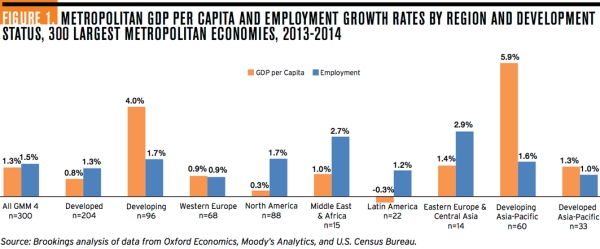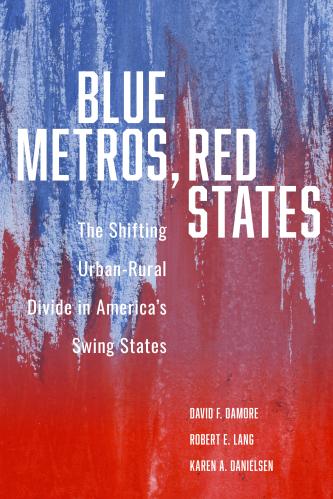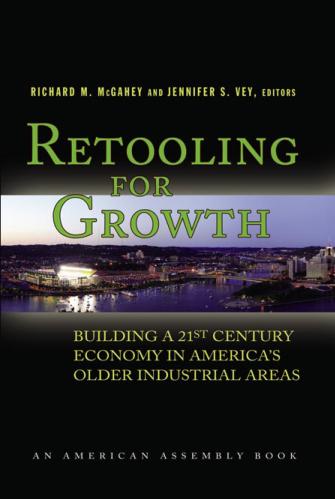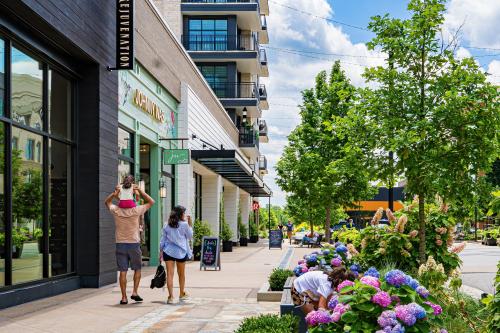Last month we catalogued the world’s 10 fastest growing metropolitan areas, as measured by employment and GDP per capita growth. The list, drawing from our Global MetroMonitor report and interactive, was almost exclusively made up of emerging market metro areas, but one developing region was notably absent: Latin America.
In fact, one has to scroll all the way to 46 to find the highest ranked Latin American metro area on our performance index (Medellin, Colombia). With few exceptions, jobs and average incomes grew slower in Latin America’s major metro areas in 2014 than their global peers.
Latin America’s Metro Areas Grew Slower than Global Peers
Latin America houses 22 of the 300 largest metropolitan economies in the world. Together, these cities and their surrounding areas—ranging from 21 million-person Mexico City to 2.5 million-person San Juan—account for 30 percent of Latin America’s population and 40 percent of its economic output. On average, they are the most productive parts of the region and the wealthiest as a result.
For all that, however, these places are growing slower than cities in other parts of the world. Figure 1 shows that employment grew by 1.2 percent in Latin American metro areas, slower than both developing metro areas (1.7 percent) and the world’s 300 largest metro economies overall (1.5 percent).
While employment creation was tepid, GDP per capita growth actually contracted by 0.3 percent, the only global region to experience a decline. This drop looks even starker compared to average GDP per capita growth in developing metro areas (4.0 percent).

The Drag of Brazil’s Cities
Slower employment and GDP per capita growth in Brazilian cities, which account for half the Latin American metro areas in the report, dragged down the performance of the region as a whole.
Jobs grew at a rate of 0.8 percent and GDP per capita declined by 0.9 percent, despite the stimulus associated with the World Cup. Indeed, the construction sector created jobs at the fastest rate in 2014 in Brazil’s cities, and Rio de Janeiro, a major World Cup host and the site of the 2016 Olympics, was the best performing Brazilian metro area.
However, this building boom failed to counteract a floundering commodities sector, as well as poorly performing manufacturing and business and financial services sectors. As a result, four Brazilian metro areas landed among the 60 slowest growing metro economies in the world: Campinas, Porto Alegre, São Paulo, and Salvador.
But Latin America’s metro malaise was not reserved only for Brazil.
Caracas (ranked 296/300) and Buenos Aires (286) both ranked near the bottom of our 2014 performance index, reflecting the challenging economic policies enacted by their respective national governments. Even places like Santiago (160) and Monterrey (219) performed in the bottom half of our rankings.
—-
Poor city-level performance is partly symptomatic of larger problems in Latin America. As our colleague Ernesto Talvi has written, Latin America remains vulnerable on macro fundamentals such as international liquidity, inflation, public finances, and banking, especially amid slowing Chinese import demand and continued Eurozone concerns.
That said the region’s most pressing long-term concern may be productivity. Latin America’s cities have already won a large share of the easy productivity gains that accompany rapid urbanization. Escaping the middle income trap through higher productivity will require the harder work of cultivating higher order economic clusters through well-governed investments in skills, technology, and infrastructure.
Lorenz Noe contributed to this post.
The Brookings Institution is committed to quality, independence, and impact.
We are supported by a diverse array of funders. In line with our values and policies, each Brookings publication represents the sole views of its author(s).












Commentary
Latin America’s stagnating global cities
March 5, 2015